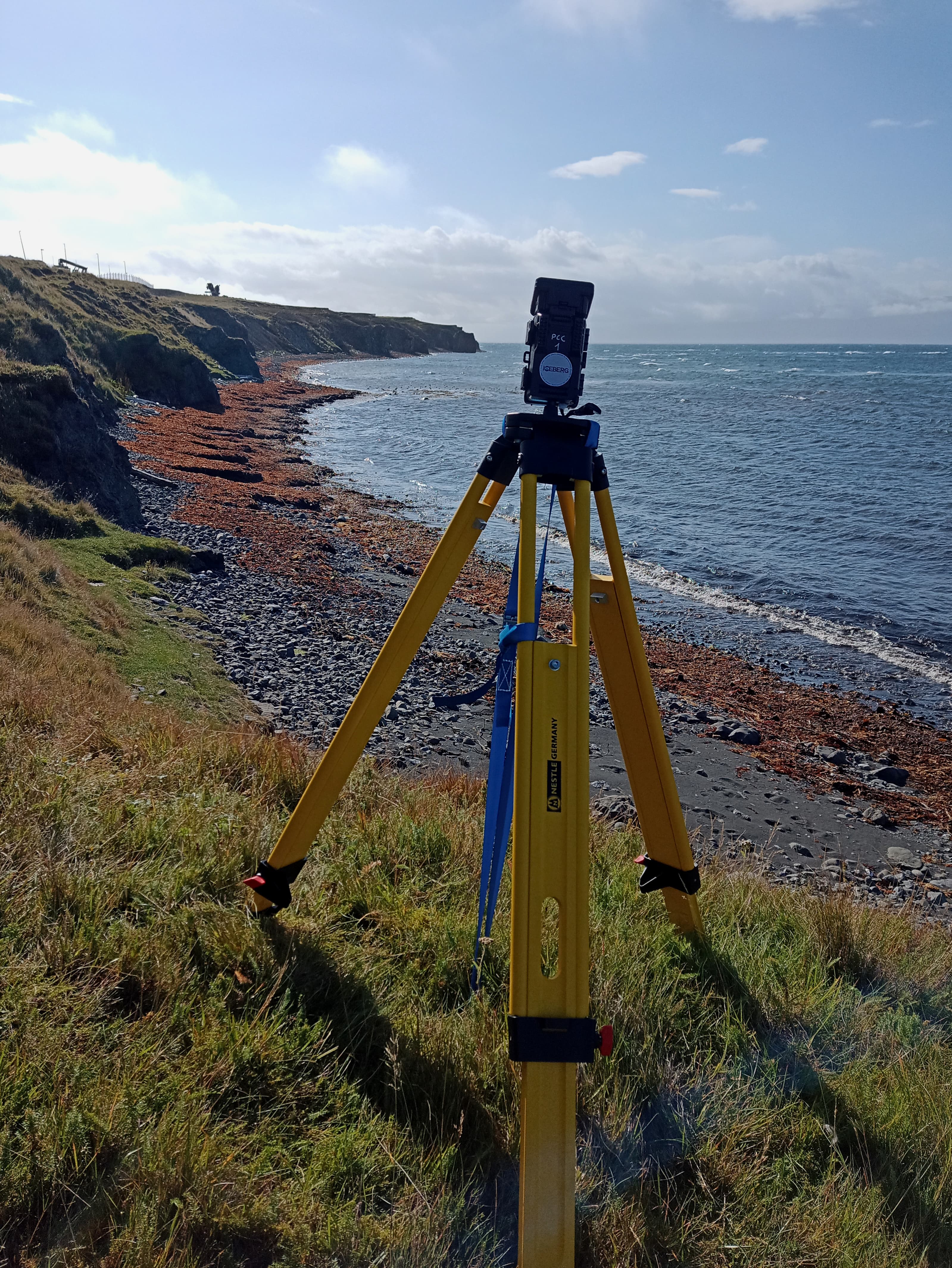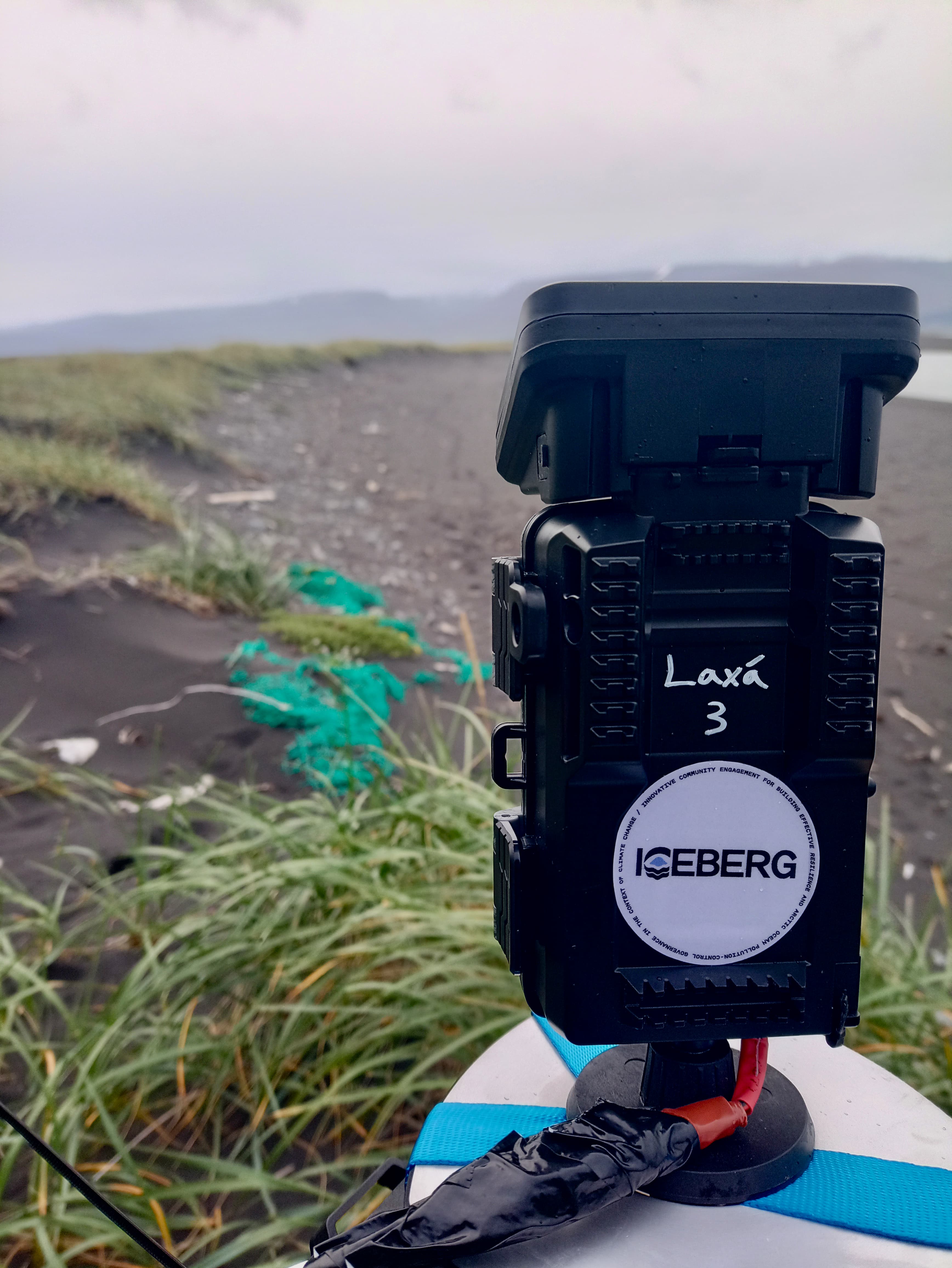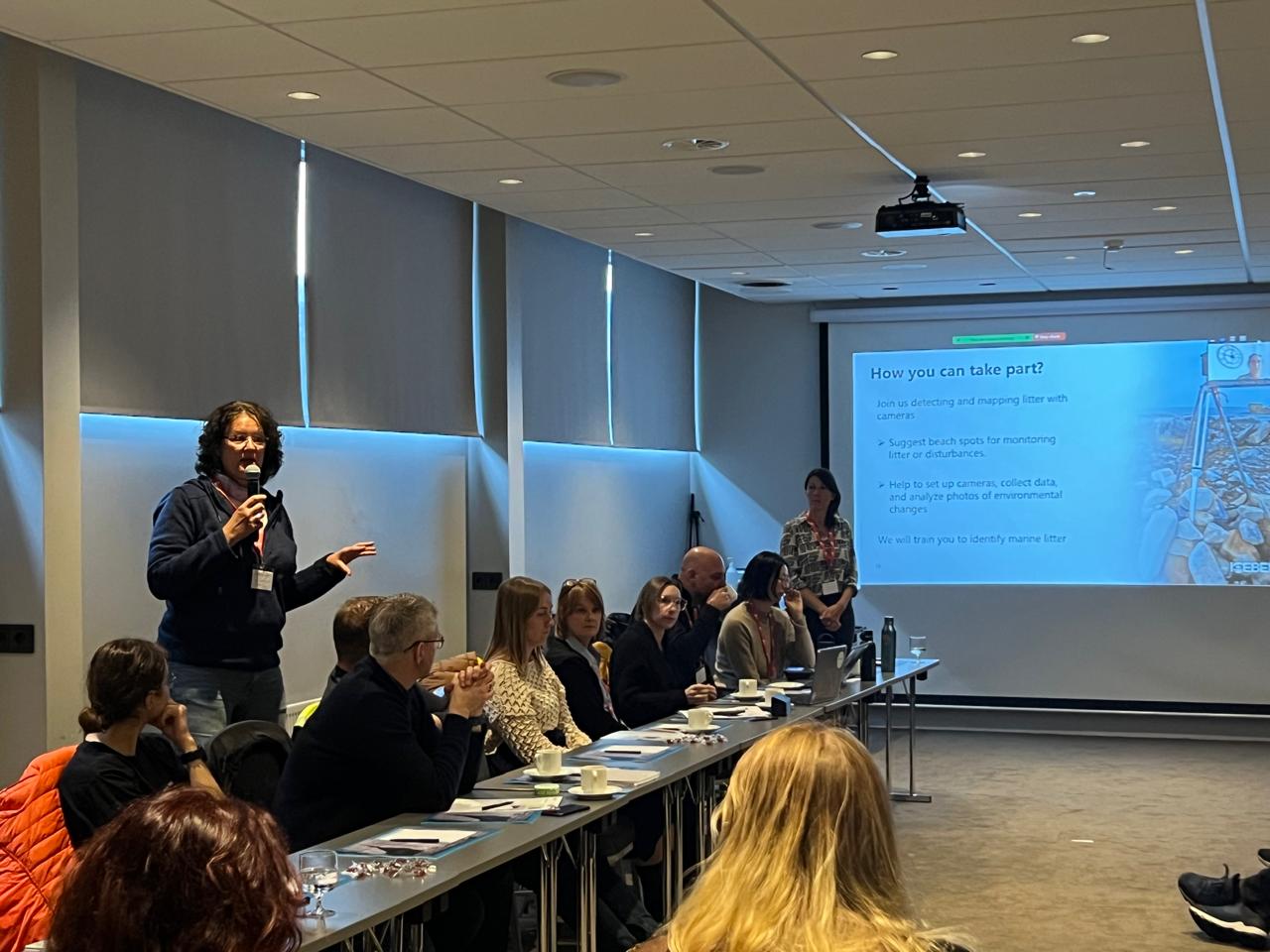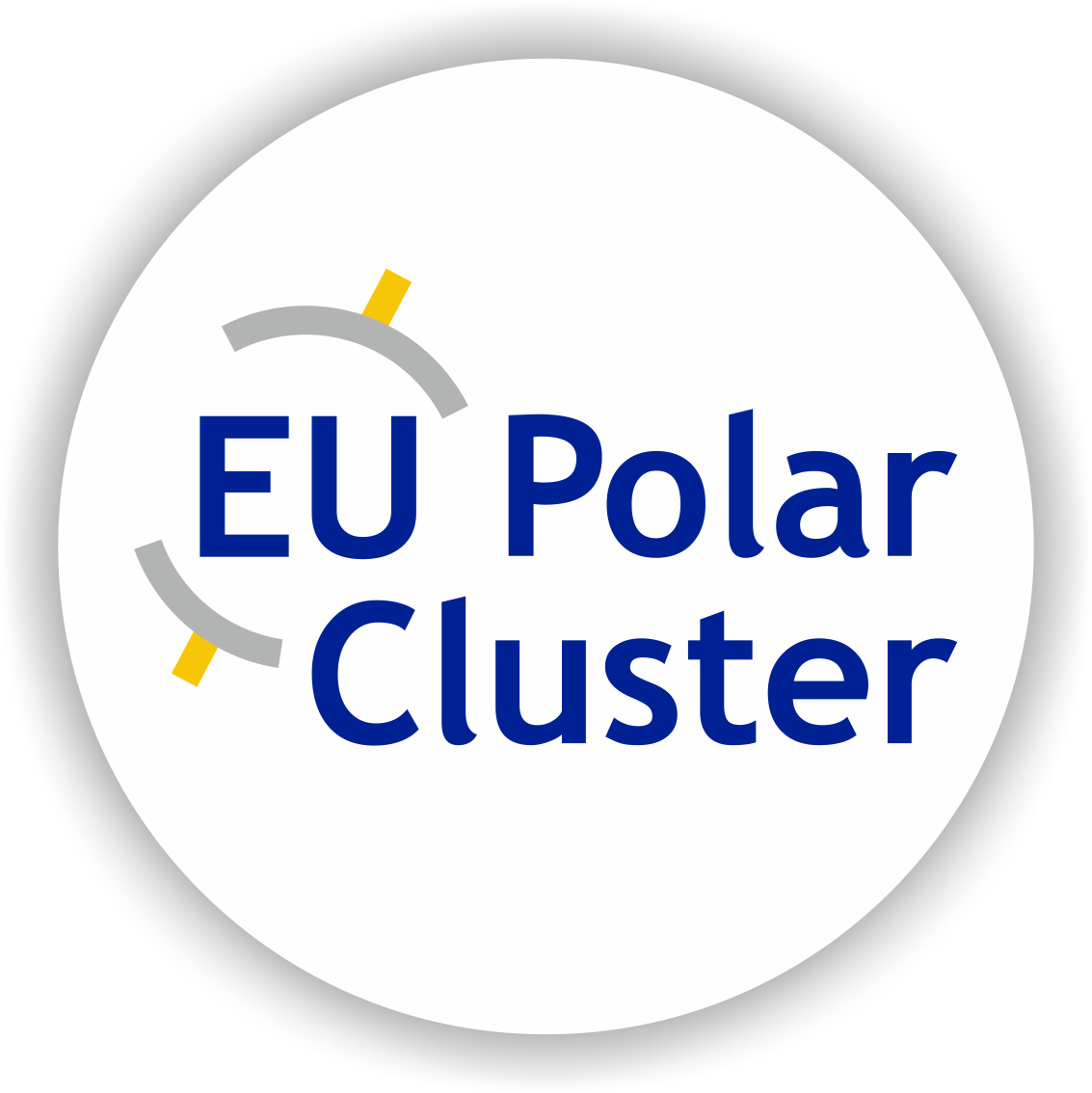Getting people involved in mapping beach litter dynamics
My name is Natascha Oppelt, and I’m a Full Professor for Physical Geography at Kiel University, in the northernmost parts of Germany. As head of the Earth Observation and Modelling (EOM) group, I use satellite images and other remote sensing tools to study environmental changes, especially in the Arctic where I’ve been working since 2017.
My work combines different types of sensors and analyzes images taken over time to understand how environments are changing. Instead of just collecting data, I develop new methods to observe and understand what’s happening to our planet—from agricultural lands to water ecosystems. By bringing together various imaging technologies, I help create a more complete picture of environmental processes.
This approach is particularly valuable in remote Arctic regions where traditional monitoring is difficult. Within ICEBERG, I’m responsible for Tasks 1.11 and 2.1.1 focusing on automated litter monitoring.
Our goal is simple: give Arctic residents the means to map the debris on their own beaches while generating robust data for researchers and policymakers. Teachers, students and other volunteers help install equipment, retrieve images and discuss results—turning monitoring into hands on environmental stewardship.
Why time-lapse cameras?
The Arctic is vast, remote, and often difficult to access, especially for regular scientific surveys. To overcome these challenges, ICEBERG combines time-lapse cameras and drones with the help of local residents and schools. These tools allow us to monitor beaches continuously and efficiently, even in places where people can’t always be present.
Time-lapse cameras automatically take pictures every hour—throughout the day and across seasons. This creates a visual record of how much litter washes ashore, how it moves, and how it changes over time.






